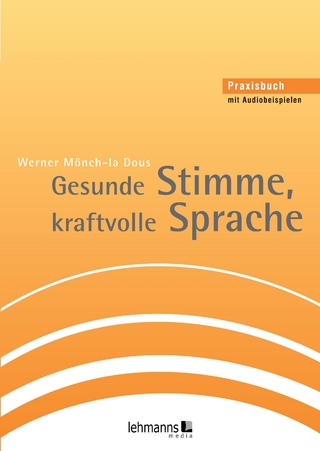
Systematically Analysing Indirect Translations
Putting the Concatenation Effect Hypothesis to the Test
Seiten
2023
Routledge (Verlag)
978-0-367-24484-2 (ISBN)
Routledge (Verlag)
978-0-367-24484-2 (ISBN)
This volume applies digital humanities methodologies to indirect translations in testing the concatenation effect hypothesis.
The concatenation effect hypothesis suggests that indirect translations tend to omit or alter identifiably foreign elements and also tend not to identify themselves as translations. The book begins by introducing the methodological framework to be applied in the chapters that follow and providing an overview of the hypothesis. The various chapters focus on specific aspects of the hypothesis that relate to specific linguistic, stylistic, and visual features of indirect translations. These features provide evidence that can be used to assess whether and to what extent the concatenation effect is in evidence in any given example.
The overarching aim of the book is not to demonstrate or falsify the veracity of the concatenation effect hypothesis or to give any definitive answers to the research questions posed. Rather, the aim is to pique the curiosity and provoke the creativity of students and researchers in all areas of translation studies who may never have considered indirect translation as relevant to their work.
The concatenation effect hypothesis suggests that indirect translations tend to omit or alter identifiably foreign elements and also tend not to identify themselves as translations. The book begins by introducing the methodological framework to be applied in the chapters that follow and providing an overview of the hypothesis. The various chapters focus on specific aspects of the hypothesis that relate to specific linguistic, stylistic, and visual features of indirect translations. These features provide evidence that can be used to assess whether and to what extent the concatenation effect is in evidence in any given example.
The overarching aim of the book is not to demonstrate or falsify the veracity of the concatenation effect hypothesis or to give any definitive answers to the research questions posed. Rather, the aim is to pique the curiosity and provoke the creativity of students and researchers in all areas of translation studies who may never have considered indirect translation as relevant to their work.
James Luke Hadley is Trinity College Dublin’s Ussher Assistant Professor in Literary Translation and Director of the College’s MPhil in Literary Translation. His research represents his wide-ranging interests, many of which centre on translation in under-researched cultural contexts. His interests include machine translation and computer-assisted translation research, as well as integrating empirical research into translation studies.
Table of contents
Chapter 1: The Vicarious Development of Indirect Translation
Chapter 2: What is the Concatenation Effect Hypothesis?
Chapter 3: Measuring Manifestation
Chapter 4: Alterity and Lexical Borrowing
Chapter 5: Exogeneity and Syntax
Chapter 6: A Multiplicity of Possible Experiments
| Erscheinungsdatum | 29.04.2023 |
|---|---|
| Reihe/Serie | Routledge Advances in Translation and Interpreting Studies |
| Zusatzinfo | 17 Tables, black and white; 29 Line drawings, black and white; 29 Illustrations, black and white |
| Verlagsort | London |
| Sprache | englisch |
| Maße | 152 x 229 mm |
| Gewicht | 453 g |
| Themenwelt | Schulbuch / Wörterbuch ► Lexikon / Chroniken |
| Schulbuch / Wörterbuch ► Wörterbuch / Fremdsprachen | |
| Geisteswissenschaften ► Sprach- / Literaturwissenschaft ► Sprachwissenschaft | |
| ISBN-10 | 0-367-24484-5 / 0367244845 |
| ISBN-13 | 978-0-367-24484-2 / 9780367244842 |
| Zustand | Neuware |
| Haben Sie eine Frage zum Produkt? |
Mehr entdecken
aus dem Bereich
aus dem Bereich
Das umfassende Standardwerk auf der Grundlage der aktuellen amtlichen …
Buch | Hardcover (2024)
Duden (Cornelsen Verlag)
35,00 €


